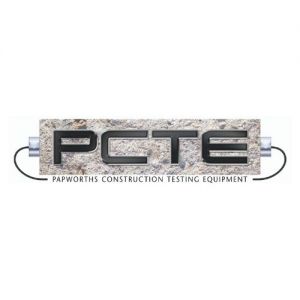What All Can a Utility Locating Equipment LocatePosted by PCTE on September 1st, 2022 Utility locating equipment lets you find buried or underground utilities, such as cables and water lines. It eliminates the guesswork in locating utilities to minimise the need to dig and the risk of destroying them in case you start any construction or work without knowing their location. Many utility finders exist today, including the ground penetrating radar, which generates high-resolution scans with a stepped-frequency antenna that covers a frequency range of 40 MHz to 3.4 GHz. You’ll also find magnetic locators for finding water pipes, rebar, or any steel or metal. Use versatile equipment Ground penetrating radar is an all-around utility locating equipment that allows you to find most utilities, including electric cables, TV and telephone cabling, gas or water pipelines, and tracer wires. Any buried utilities are detectable with ease. Just make sure you’re using high-quality equipment with superior data clarity and enhanced depth penetration, even for deep targets and closely-spaced utilities. Convenience for utility finding GPR scans metallic and non-metallic utilities, undocumented utilities, unexpected obstacles, and disturbed soil associated with utility burial. You may also rely on it to find utilities with damaged or broken tracer wires or to locate buried structures like old foundations, which can cause issues for construction and excavations. Operation High-quality utility locating equipment offers an ideal balance between resolution and depth penetration for accurate locating. Data is collected in real-time to identify utilities and mark their locations. Some ground penetrating radar equipment comes with software for viewing the captured data images. You may also print or save the images as graphic files for plans or documents. More benefits Utility locating equipment is versatile for all applications without needing tracer wires. It improves the delivery of results with features like geolocation and auto-tagging, making it helpful for archaeological, environmental, and geotechnical surveys, law enforcement, structural assessment, and grave location or cemetery mapping. Use it to find hidden assets or contraband, identify deep foundations, buried artefacts, tunnels, and organic and inorganic remains, determine soil strata and water levels, or characterise soil types and layering. About the Author: PCTE supplies a range of equipment from around the world to offer you a one stop shop with all of the latest equipment. Concrete Non-Destructive Testing (NDT) comprises testing a property of concrete, largely without damaging the concrete to assess some parameter that either directly or indirectly provides a required characteristic of the concrete or its embedment. For more details, you can contact us on the website. Like it? Share it!More by this author |


